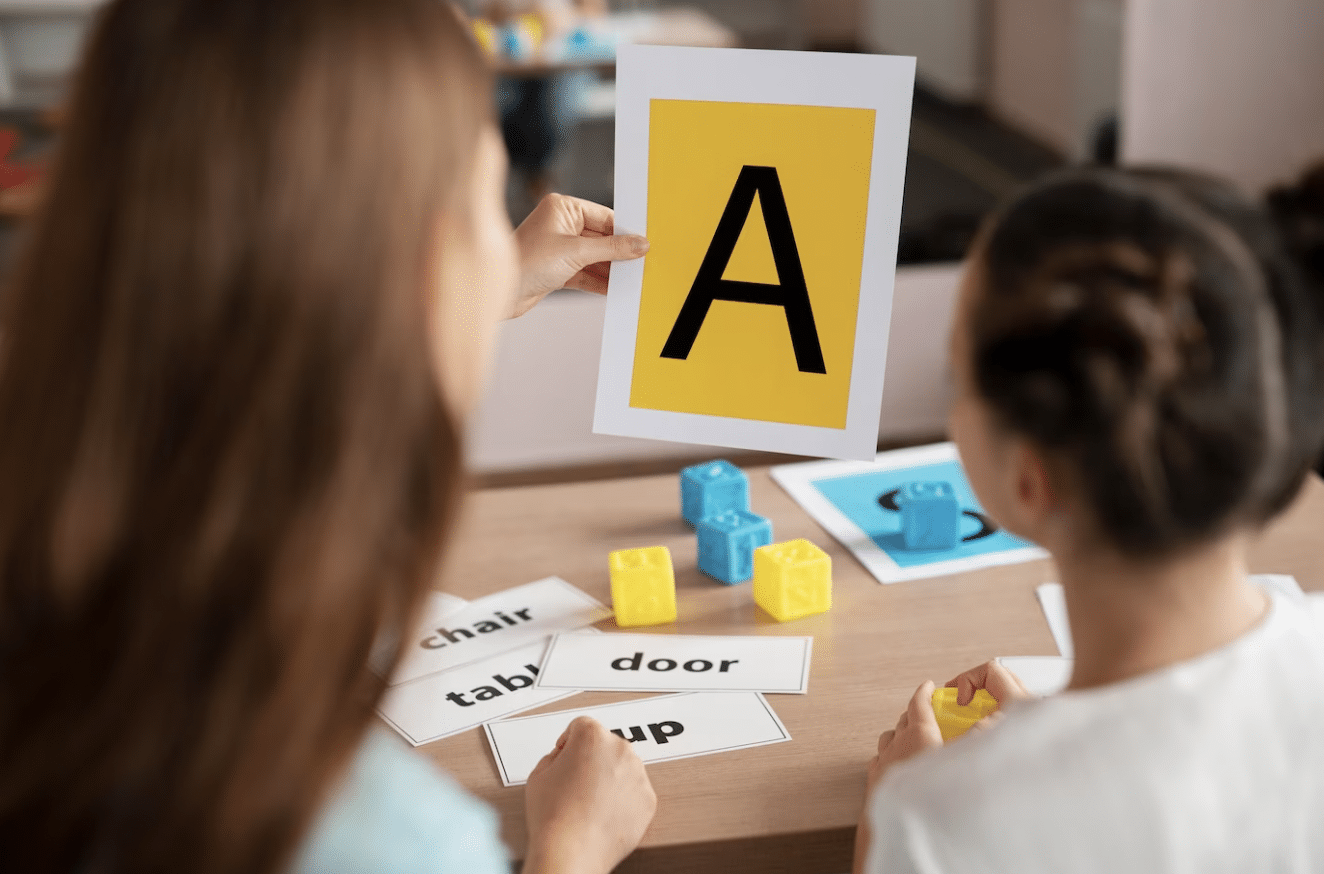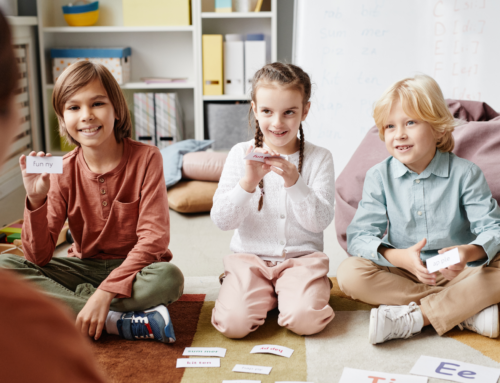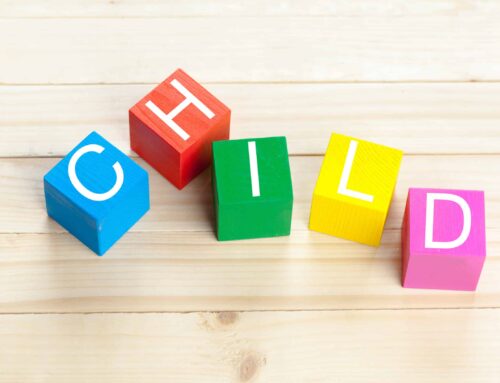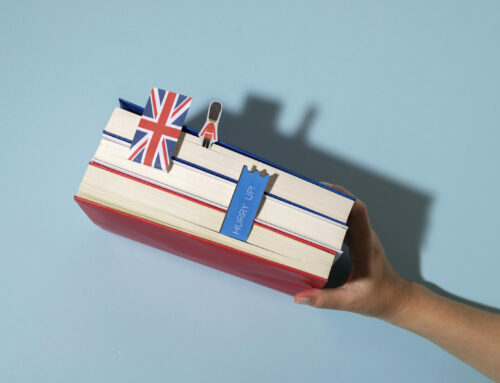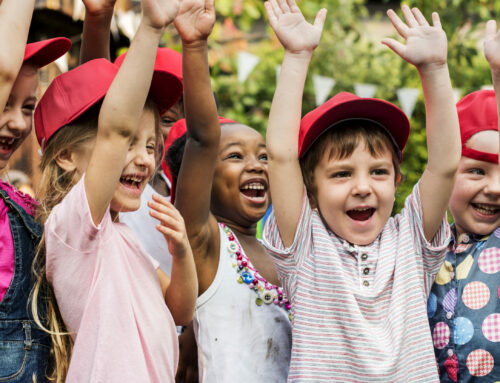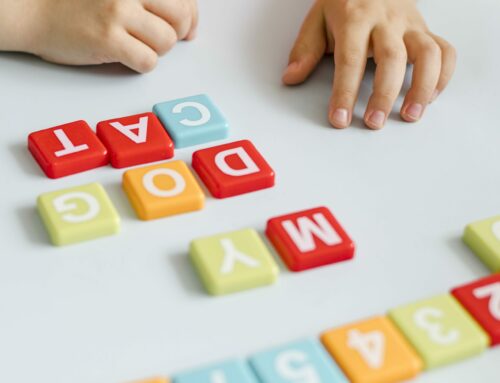In France, following a 2019 law, formal education is compulsory from 3 years old contrary to the majority of anglophone countries such as England, Ireland, or even The United States where school is compulsory at 5 years old. In the French system, the first year of kindergarten is equivalent to the Grande Section class in Maternelle. This law means that from 3 years old, your child must attend school unless the child is homeschooled. In France, kindergarten doesn’t start at 5 years old, but in fact at 3 years old. The French École Maternelle is comprised of 3 kindergarten classes; Petite Section, Moyenne Section and Grande Section. It is upon completing their last year of kindergarten that children start elementary school and enter into the class known as Cours Préparatoire (CP) – equivalent to First Grade in the USA.
Enrollment in preschool or in kindergarten.
In France, parents have the choice between public schools and private education. Public schools are free, secular, and based upon fundamental education principles and school programs enshrined into French law and reviewed by The National Educational body. In these schools, enrolling your child before they are three years old is very difficult even when they are born at the start of the year.
However numerous families in Paris and across France wish to enroll their child at school from 2 years old in a preschool class. Private schools often open their doors to children from 2 years old or allow them to integrate into the first year of kindergarten school based on their level of maturity. Nationally, there are around 60 000 schools and private schools represent 17% of pupils.
To enroll at a public school, first of all you need to contact the mayor of your district and then the school. In the private sector, it’s different. You can enroll your child directly at the school after having provided all of the necessary documents and participating in a consultation to determine the needs of your child and if the school that you have chosen is capable to fulfill these needs. In the public sector, enrollment is done at the latest in June but begins in March. In the private sector, places are more limited meaning that you need to plan ahead! However private schools delay the closure of inscriptions meaning that they are able to accept new enrollments up to the very end of August! Upon completing the enrollment process, a certificate of schooling is provided to the family by the headteacher of the school.
Kindergarten from 3 years old and Preschool from 2 years old.
If formal education is compulsory for children from 3 years old, in France, some parents allow their child to complete a transition year between creche and home and school. This year in preschool gives children the possibility to familiarize themselves with the community, the rhythm of the school day, and learning. When the school is bilingual or completely immersive in English, the benefits for your child are multiplied! The Garden Academy has opened preschool classes and kindergarten classes in its three schools in Paris. We welcome children from 2 up to 5 years old and we adapt ourselves to each child according to various pedagogical methods delivered with care by our certified and qualified team of native English speakers.
As we know, the younger a child learns a second language (at The Garden Academy, the second language being either English or French), the easier it is for a child to absorb the new language without effort and truly progress in the language (a rich vocabulary, perfect accent, ability to switch between the two languages with ease…) From 2 years old, learning English in a bilingual or immersive school represents a real opportunity for your child to become perfectly bilingual. For English-speaking children, it allows them to have a stronger and faster integration into life in France, while French-speaking children will benefit from this early learning experience which enables them to completely integrate English as part of their daily routines.
Bilingual Kindergarten and Preschool in Paris
The Garden Academy’s preschool classes welcome children from 2 years old for days that are 100% immersive in English. Our teachers, activity leaders, and assistants are native anglophones delivering learning workshops and activities specifically adapted according to the age, needs, routine, and level of English, French, or additional languages of each child.
In our three schools in Paris, The Garden Academy equally welcomes children from 3 to 5 years old in our kindergarten classes. At kindergarten, classes are delivered in English during the morning and in French during the afternoon. The children at our school have various nationalities and are offered fun, artistic, and sports activities in English or in French according to the time of day and the themes of the workshops. Our teachers are specialized in pedagogies termed active by Maria Montessori and strive to take into account the needs, desires, language level, and personality of each child when designing activities. The Garden Academy has a unique framework inspired by both American and European approaches to education which helps to prepare children to enter their first year of primary school. To follow the progress of your child, each family receives an evaluation journal with the goal of tracking the progress your child has made and highlighting areas to build upon.
Our active learning methods: inspired by Montessori, Freinet, Reggio Emilia and STEM
To fulfill the potential of each child and to enable them to blossom throughout preschool to kindergarten, our anglophone teachers at The Garden Academy employ different methodologies defined as active. These methods that we recognize easily with the mention of Maria Montessori’s name are in reality numerous and each one brings out something different in each child. According to their profile, their qualifications, and the chosen activity, a teacher at The Garden Academy will select one educational approach more than another.
At The Garden Academy’s Parisian schools, the pedagogical methods never encourage competition and rivalry between pupils, instead, they prioritize nurturing children in a supportive and caring environment with the goal of preparing them to enter not only into elementary school but also equipping them for their futures and facilitating future interactions with the wider community.
In our three bilingual schools in Paris, we allow young children to gain autonomy, develop problem-solving skills, and progress at their own rate and rhythm. The learning methods of Maria Montessori encourage autonomous activities, those of Freinet experimental trial and error and individualized learning, while the methods of Reggio Emilia promote project-based learning and cooperative learning, and the STEM approach ( Science, technology, Engineering, and Math) widely used in the United States, seeks to continuously adapt to the needs of each child according to their learning profile.
The Garden Academy welcomes in its three kindergarten classes groups of a maximum of 10 pupils. This allows us to keep quality education with special attention paid to the pace of each child at the heart of what we do.
A Franco-American learning program
In line with the French National Education body’s policy of ‘common knowledge and skills’, The Garden Academy designed its own teaching program by combining two complementary curriculums. In other words, we have combined the American school program which promotes teamwork and public speaking, and the French school program. The mixed learning content allows children to enjoy the benefits of each teaching method, offers to expat families a teaching method that they recognize, and enables French parents to discover a program of different learning activities compared to what is proposed elsewhere. The STEM approach that is used in our schools for example is widely used in the USA throughout the school system, extracurricular activities, and even in businesses.
But in concrete terms, what do these active methods, this mixed program, and anglophone teachers bring to children aged 2 – 5 years old?
What does a child learn at a bilingual preschool and kindergarten in Paris?
Varied workshops adapted to each child
From 2 years old, in our preschool, a child is able to absorb new learning elements each day. Children will easily develop their vocabulary through learning nursery rhymes, through play, or through exchanges with other children. They will learn the colors and animals in French as well as different body parts for example.
The colors in French
The most common French words used for colors are rather easy to remember bleu (blue), rouge (red), vert (green), jaune (yellow), blanc (white), noir (black), gris (grey), rose (pink), violet (purple), marron (brown) et orange (orange).
Singing to learn the colors is a method that has been proven to be successful especially amongst young children as it works by using only sounds and does not require writing. Nursery rhymes are an excellent way to memorize specific vocabulary. Through listening to the same songs regularly, children learn to follow the rhythm and easily absorb vocabulary whilst having fun! The nursery rhyme Couleurs by Les Oiseaux du Paradis Bébé available on Youtube Kids goes through all of the main colors and allows the youngest of children to remember vocabulary by associating objects with the sounds and colors that they hear. Meanwhile Les couleurs – La chanson des Titounis also available on Youtube Kids is played to a lively beat that equally motivates the youngest learners!
Drawing is also a way to learn the colors in French . You can do sketches of animals, fruits among other things and then associate them with a color. For example a black Cat, un chat noir, ou a red Apple, une pomme rouge. Similary, you can also play a memory game where your child has to find the matching images and point out the color.
Learning through play is an excellent way for children, especially between the ages of 2 -5, to understand new concepts all while encouraging a positive learning experience in the classroom and at home with parents. The Montessori methodology and other active pedagogies are perfect examples of this. There are a large number of games to learn the colors. You will easily find numerous tools adapted to your child according to their age, physical coordination, and personality.
The Animals in French
Learning a foreign language in preschool and kindergarten often begins by learning the names of animals. But which animals to start with and which methods should be used to help children memorize in a way that they don’t make learning feel like a chore?
Here is a list of animals that your children can learn in French during preschool and kindergarten:
Dog : chien
Cat : chat
Mouse : souris
Rabbit / bunny : lapin
Fish : poisson
Bird : oiseau
Pig : cochon
Cow : vache
Horse : cheval
Duck : canard
Chicken : poule
Sheep : mouton
Lion : lion
Tiger : tigre
Elephant : éléphant
Giraffe : girafe
Monkey : singe
Crocodile : crocodile
Zebra : zèbre
Dolphin : dauphin
Shark : requin
Whale : baleine
Spider : araignée
Caterpillar : chenille
Dragonfly : libellule
Ant : fourmi
Bee : abeille
Snail : escargot
Ladybird / ladybug : coccinelle
Mosquito : moustique
Fly : mouche
Butterfly : un papillon
As is the case for colors, a number of songs, games and books are available for learning the names of animals in French. Resources are available on YouTube kids ranging from nursery rhymes to animal documentaries. Amongst board games, memory games and paper fortune tellers will be fun for your children. In bookstores, there are of course picture books and depending on your child’s age you can choose the length of the book, or whether to opt for a picture book, a novel, or a non-fiction book…
Our online bookstore offering children’s books is packed with books featuring animals as the main characters. You can easily access our store by clicking on this link.
The Human Body in French
When teaching French to children, the human body is very effective because there are limitless possibilities for repeating this vocabulary.
All parents with children aged 2- 5 years old have surely already heard the famous song Head Shoulders, Knees, and Toes. Luckily this nursery rhyme has a French equivalent têtes épaules genoux et pieds and has several versions available on Youtube Kids. Children point to their body parts while singing at the same time. The challenge of the song is to coordinate their movements. This in turn encourages children to preserve and repeat the easy-to-remember nursery rhyme. As the song progresses, the rhythm becomes quicker and children have to equally move faster in coordination with the song. Children love this aspect! In the car, while waiting in a restaurant, or in line at the supermarket, it is easy to practice the song’s vocabulary with your child by asking them to name their body parts as you touch them. As your child becomes older, you can up the difficulty of the exercise by asking them to add on descriptive adjectives when describing their body.
Here is a list of vocabulary for the human body that are the easiest to memorize for children in preschool or kindergarten:
Head : tête
Eye : œil
Nose : nez
Cheeks : joues
Mouth : bouche
Lips : lèvres
Tongue : langue
Teeth : dents
Chin : menton
Hair : cheveux
Ear : oreille
Belly : ventre
Back : dos
Hand : main
Finger : doigt
Shoulder : épaule
Arm : bras
Leg : jambe
Knees : genoux
Foot : pied
Feet : pieds
Bottom : fesses
An Education adapted to the youngest of children.
In France, from the age of 2, it is possible and appropriate for the majority of children to enroll in a bilingual school. What’s more, is that you often have the choice in preschool to enroll your child only for the mornings. At The Garden Academy, we offer half-day enrollments for the youngest children but for those who wish to benefit from our teaching during the whole day, our teachers adapt the day’s program to the child’s age by providing times for napping. Teachers also take into account children’s abilities to remain concentrated and their need to relax and play. Throughout our kind and challenging approach to education, we never lose sight of the fact that in preschool and kindergarten, our children are still very young, and above all, we strive to ensure their well-being to allow each child to blossom.
